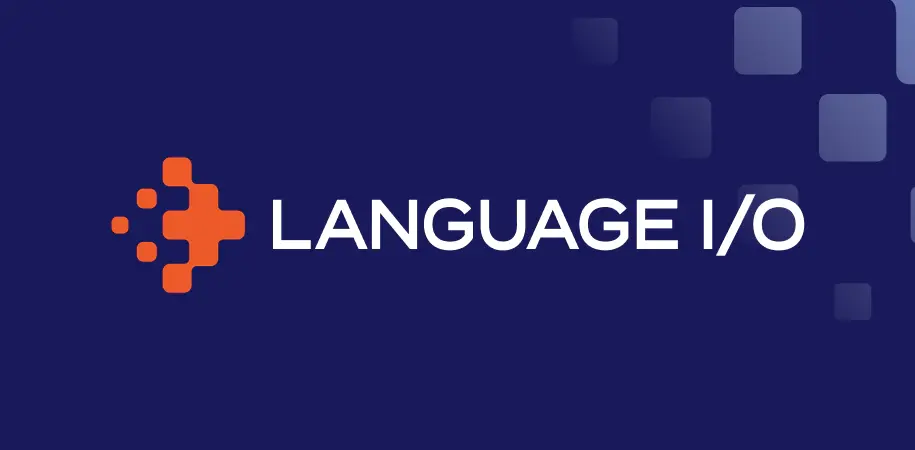
For us, the last few months have been a flurry of requests from new prospects about how they can provide multilingual customer support to meet growing customer service needs without breaking the bank. These conversations are happening with customer service teams in the numerous sectors that are seeing growth because of, or and in spite of, COVID.
During this process, we’ve realized that as experts we sometimes forget how daunting multilingual customer support might be for someone who has never used multilingual customer support software. That’s why we’ve compiled a list of questions that might help you on your search for the best multilingual customer support solution. When interviewing SaaS (software as a service) companies such as ourselves, or a translation services company, ask the following:
Do you store our customers’ data?

As we focus on data protection and security, we are under obligation to not keep customer data and suggest that you carefully consider any provider that does. Good follow up questions for any company that does store customer data include:
Why is it being stored?
How is it protected?
Will my data be used by your other customers?
Also, PII (Personally Identifiable Information) should always be encrypted both when incoming and outgoing.
Finally, companies in our space should, at a minimum, adhere to GDPR. To protect your data, we have gone one step further by being ISO 27001:2013 certified.
Does pricing increase following the initial contract terms?
Be wary of providers that significantly increase prices following the completion of the initial contract term. Transparent pricing is always the best way to go. After all, if you’re being sold on product that increases customer satisfaction while decreasing customer support costs, it’s ideal that customer support costs continue to decline, right?
For pricing, it’s also good to ask if there any hidden costs such as training, overages etc. before signing on the dotted line.
Buyer’s Guide to Multilingual Support Software
Selecting the right provider of this technology is critical for success. In this guide, we cover the key aspects of evaluating and selecting the right multilingual support technology provider for your organization.
How do you ensure quality with machine translation?
Because machine translation is flawed (anyone who has personally used Google Translate has experienced this), but is also a component of nearly all multilingual customer support solutions, it’s critical to understand how machine translations quality is checked. This can be done in several ways:
· Customer feedback loops
· Reviews and feedback from professional linguists
· Use of technology that can help train multiple machine translation engines so performance from each is maximized
· The normalization of user generated content (UGC) and imposition of your specific glossary terms, meaning that your industry and company specific terms will be translated correctly across all languages every time
Are your human translators professional linguists?

While many companies choose machine translation for certain customer interactions (chat being one of them), others prefer that certain types of communications (email and article translations for example) be a combination of machine translation and human translation. The catch here is that some vendors try to save money by crowdsourcing their human translations and bypass quality control by choosing not to hire professional linguists. If you’re okay with that, great! The point is, just make sure you know what you’re getting.
How long will onboarding take?
This is ALWAYS a good question to ask when looking to purchase any SaaS service. Technology is complicated. Getting it to work for you quickly and seamlessly is critical to moving toward the KPIs that the technology your team decided to use should achieve.
What’s your pricing model and what does it mean?
Pricing shouldn’t be complicated. What are you getting? How much does the product cost? What are the contract terms? As the saying goes, you get what you pay for.
Finally, when you’re checking out a company’s online reputation, question the source of the reviews about the company. In our search for vendors, we’ve come across companies that have employees or former employees, investors and friends write product reviews rather than customers. You’ve got to scratch your head when employees are giving reviews that should be customer based.
We’re proud to act as trusted advisors for our customers, and would be happy to help you as well. If you have any more questions, shoot us an email!



